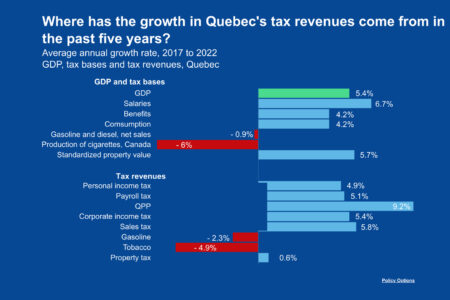The majority of Canadians have received at least one dose of a COVID-19 vaccine, setting the stage for the gradual reopening of the economy. With this in mind, policy-makers are starting to turn their attention to the post-pandemic recovery and helping displaced workers adjust to new economic realities.
As of July 15, 2021, total employment was still 340,000 below pre-COVID levels, with less-educated workers among those hit hardest. While governments provide a range of programs to give unemployed workers a leg up, such as temporary income replacement and help with job searches, it’s worth considering what unemployed workers themselves do in the face of job loss.
Dismayingly, as experience shows, only a small proportion of laid-off workers are likely to take measures that will help them get back on their feet, and less-educated workers are even less likely to do so than their more-educated counterparts.
A study published by the Institute for Research on Public Policy looked back at the behaviour of workers who permanently lost their jobs in 2009 in the midst of the last global recession, and the measures they took to cope with job loss.
The study looked at the extent to which laid-off workers between the ages of 33 and 52 became self-employed, moved to another region, enrolled in post-secondary education or signed up for a registered apprenticeship. The study found that only a small fraction of displaced workers adopted at least one of these strategies.
In the first year following job loss, 14 per cent of men and 16 per cent of women used at least one of those four strategies. Moving to another region was the most popular course of action adopted by men, whereas women were more likely to enroll in post-secondary education. Five years later, the proportion of laid-off men and women who used at least one of the strategies rose to 20 per cent. Most often, they moved to another region.
In other words, 80 per cent of laid-off workers didn’t use any of the strategies considered in the study. It could be because many displaced workers find new work fairly quickly in the year following a permanent job loss (in 2009, the re-employment rate was 76 per cent). To address this, the study considers the different kind of workers separately, depending on whether they were re-employed in 2010 or not. Those who did not find jobs were more likely to adopt at least one of the strategies. Still, less than half of them – 42 per cent – used at least one strategy within five years after permanent job loss.
Of course, workers who didn’t suffer job loss in 2009 may also have used these same avenues to advance their position or change careers. But even when compared to them, displaced workers were only slightly more likely to use at least one adjustment strategy.
The only group that was noticeably more likely to do so was more-educated men and women. Those with a bachelor’s degree or higher were more likely to move to another region, enroll in post-secondary education or become self-employed. That’s worth noting because COVID-19 has disproportionately affected lower-wage workers, many of whom tend to have lower educational attainment.
As the Canadian economy picks up, which workers will bounce back and find new jobs and which will enter the ranks of the long-term unemployed facing stalled career progress and the inevitable loss of skills, social networks and financial security? Will current social safety and skills development programs be enough to help them?
As a first step in answering these questions, policy-makers and researchers need to understand the reasons why most displaced workers don’t pursue the obvious avenues to adjust to job loss, the obstacles they face and what policies might help mitigate these, and facilitate their transition back to permanent employment. The last economic downturn, though different in many ways, may offer instructive lessons.
Follow the IRPP’s research on “The Future of Skills and Adult Learning” to keep informed of new ideas on how a more effective and proactive adult learning ecosystem can foster a more resilient workforce












